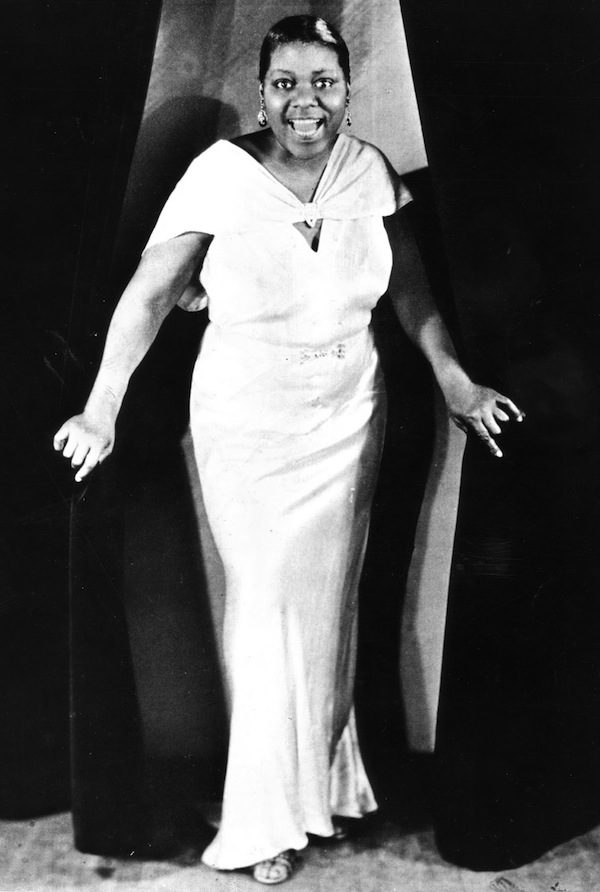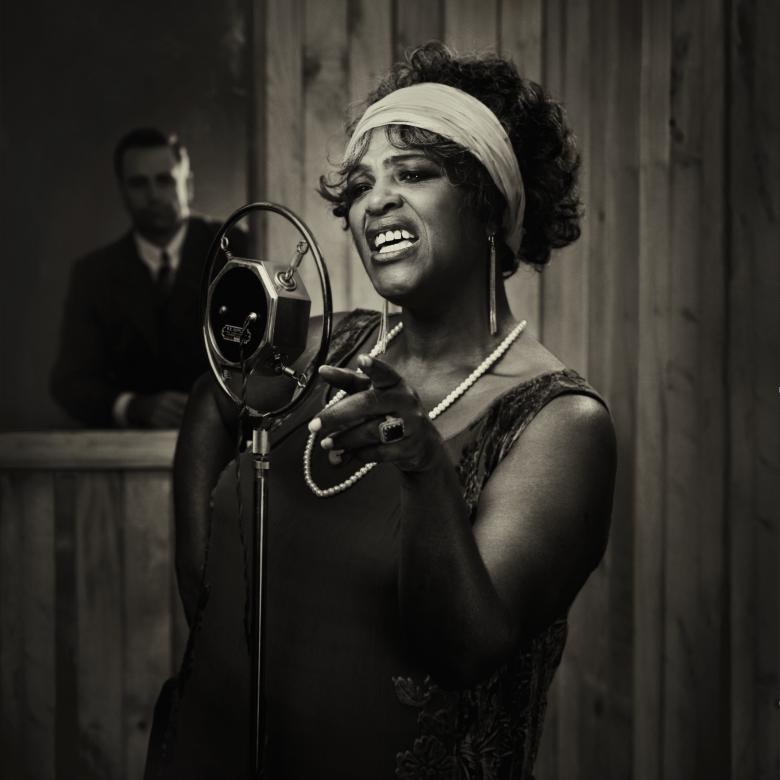WHO WAS "MA RAINEY"?



Gertrude “Ma” Rainey, known as the “Mother of the Blues”, was the first entertainer to successfully bridge the divide between vaudeville — the cabaret-style shows from the mid-1800s, catering largely to white audiences — and the black Southern folk style (Russonello). Ma Rainey was born Gertrude Pridgett, the second of five children to Ella (Allen) and Thomas Pridgett. Rainey often said to be born on April 26, 1886, in Columbus, Georgia, however, a 1900 census entry lists her birthplace as Alabama and her birth date as September 1882.
Gertrude began singing professionally at the age of 14, making her first public performance in 1900 at the Springer Opera House in Columbus, where she joined a stage show called “The Bunch of Blackberries.” In February 1904 she married William Rainey, a vaudeville performer known as Pa Rainey, and for several years they toured with African American minstrel groups as a song-and-dance team (Russonello).
While traveling throughout the rural South, Rainey would begin hearing, for the first time, the country blues. The blues is based on a pentatonic scale with an African-derived blue note, and usually involves repetitious musical and lyrical form. Blue notes can be said to be derived from African approaches to harmony in which “singers make slight adjustments to the pitches of notes in order to produce a richer harmonic blend” (Burnim, Maultsby 127). This was such a natural fit for Ma Rainey’s voice. This is the reason why she worked more country blues into her musical repertoire.
Ma Rainey began singing blues songs and contributed greatly to the evolution of the form and to the growth of its popularity. As she continued to travel through the South, she performed with a plethora of jazz and jug bands. While with the Tolliver’s Circus and Musical Extravaganza troupe, she crossed path with renowned blues singer, Bessie Smith, for whom she served as great inspiration. Her deep voice was a powerful instrument that helped convey chagrin and depth in her flamboyant performances.
Even before the blues became a nationwide phenomenon in the 1920s, Ma Rainey developed a widespread reputation for her full-throated and “straight-talking” vocals. Through her growing popularity, Rainey helped to mainstream narratives of the black female experience outside the gaze of whiteness. This was translated through her raw and unapologetic telling of her attraction to women as well as men in her music.
In 1923 Ma Rainey made her first phonograph recordings for the Paramount company. That year, Rainey released “Moonshine Blues” with Lovie Austin, “Yonder Comes the Blues” with Louis Armstrong, as well as “See See Rider,” a number that emerged as “one of the most famous and recorded of all blues songs.” Over a five-year span she recorded some 92 songs for Paramount—including “See See Rider,” “Prove It on Me,” “Blues Oh Blues,” “Sleep Talking,” “Oh Papa Blues,” “Trust No Man,” “Slave to the Blues,” “New Boweavil Blues,” and “Slow Driving Moan”—that later became the only permanent record of one of the most influential popular musical artists of her time.

Ma Rainey continued to sing in public into the 1930s. It wouldn’t be until 1983 that Ma Rainey would be inducted into the Blues Hall of Fame and, later, into the Rock and Roll Hall of Fame in 1990.
Citations
Burnim, M. V., & Maultsby, P. K. (2015). African American music: An introduction. New York, NY: Routledge.
Russonello, G. (2019, June 12). Overlooked No More: Ma Rainey, the ‘Mother of the Blues’. Retrieved November 1, 2020, from https://www.nytimes.com/2019/06/12/obituaries/ma-rainey-overlooked.html
Ma Rainey. (n.d.). Retrieved October 15, 2020, from https://www.britannica.com/biography/Ma-Rainey
Ma Rainey. (2020, July 15). Retrieved November 12, 2020, from https://www.biography.com/musician/ma-rainey

